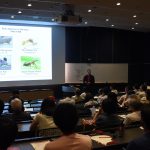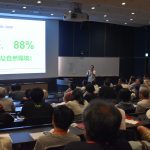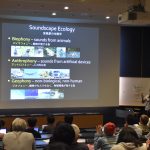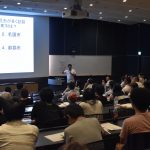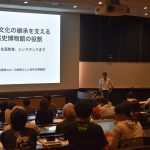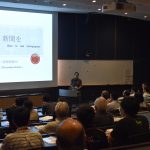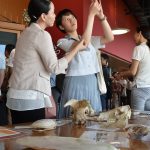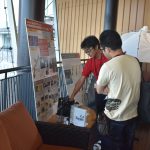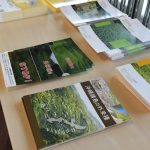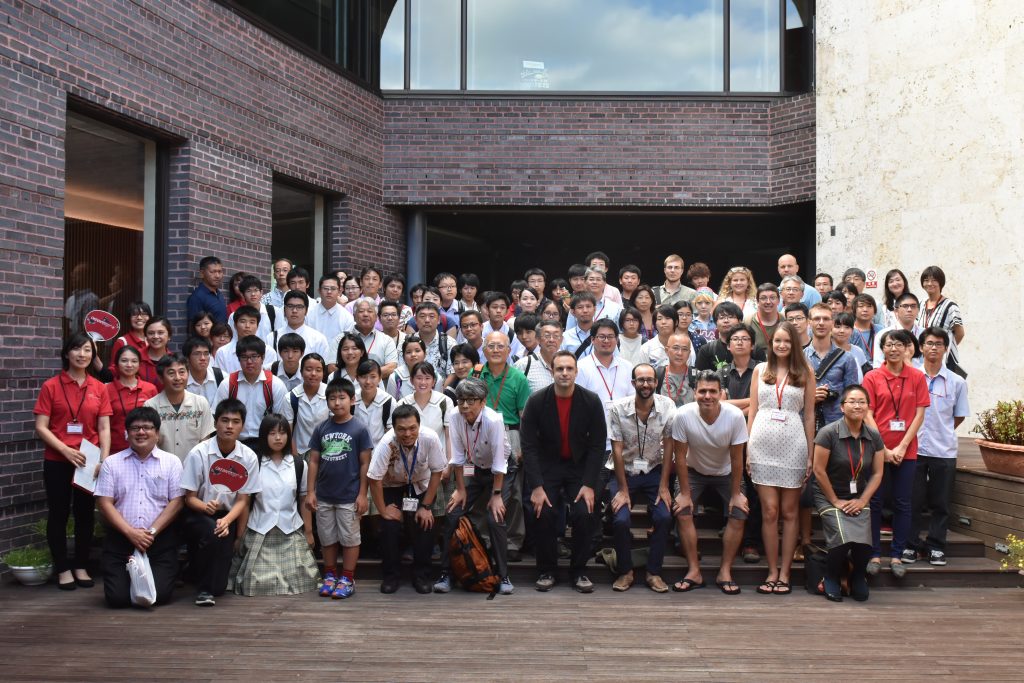
On Saturday, July 29th, many collaborators of the OKEON Churamori Project along with the general public gathered at OIST to attend the OKEON Churamori Project Symposium 2017. This event was the project’s first symposium and it was a great success, with over 170 attendees, interesting and informative talks, a panel discussion, and a post-symposium gathering that included hands-on exhibitions and a poster session where participants were able to exchange ideas.
Category: OKEON
OKEON Churamori Project Symposium 2017

We are pleased to announce a symposium for the OKEON Churamori Project. The symposium will bring together scientists, educators, and community members interested in monitoring and conserving Okinawa’s natural environment. Presentations and discussions will cover ongoing scientific research, citizen science, and environmental education efforts on the island. The symposium is open to all who are interested, please come!
Date: July 29 (Sat). 2017
Location: OIST B250 & Café Grano
Organizer: OIST Biodiversity and Biocomplexity Unit
Admission: Free
Registration: Register from the online form here
Schedule:
<lecture> 13:00-16:00
※ English – Japanese simultaneous interpretation is available
■ Evan Economo (OIST, Project PI)
「Introducing the OKEON Churamori Project: a new environmental monitoring network in Okinawa」
■ Masashi Yoshimura(OIST, Project coordinator)
「A new design of community collaborative project developing in Okinawa」
■ Nicholas Friedman (OIST, Researcher)
「Island song: how acoustic monitoring will help us understand and protect Okinawa’s biodiversity」
■ Koichi Tone (Okinawa Municipal Museum, curator)
「Local environmental research in collaboration with the OKEON Churamori Project」
■ High school research project networks
Hentona High School, Yomitan High School, Ikeda High School
■ Hana Kuroda (Ryukyu Shimpo, writer)
「Please Use the Newspapers for Educations」
<Keynote Speaker>
■ Yoshiaki Hashimoto (Museum of Nature and Human Activities Hyogo, PI)
「Where culture meets nature: Role of Natural history museum to support from nature to culture legacy」
<Panel discussion> 16:10-16:40
<Poster/Display & Teatime> 16:50-17:30
■ Poster display (Kyuyo High School, Futenma High School, OKEON)
■ Display of field sampling devices (OKEON)
■ Hands-on exhibition (Tamagusuku Youth & Children Center, Okinawa Zoo and Museum, Okinawa Biological Club, Naha Nature Conservation Office, Ministry of the environment, Nago Museum and Chatan Town Board of Education)
Cosponsor: The Council for Promotion of OIST
Supporters: Okinawa Prefectural Board of Education,Department of Environmental and Community Affairs, Okinawa Prefecture Government,University of the Ryukyus, Naha Nature Conservation Office, Ministry of the Environment,Ryukyu Shimpo and Okinawa Times
OIST Science Challenge 2017: Measuring Biodiversity
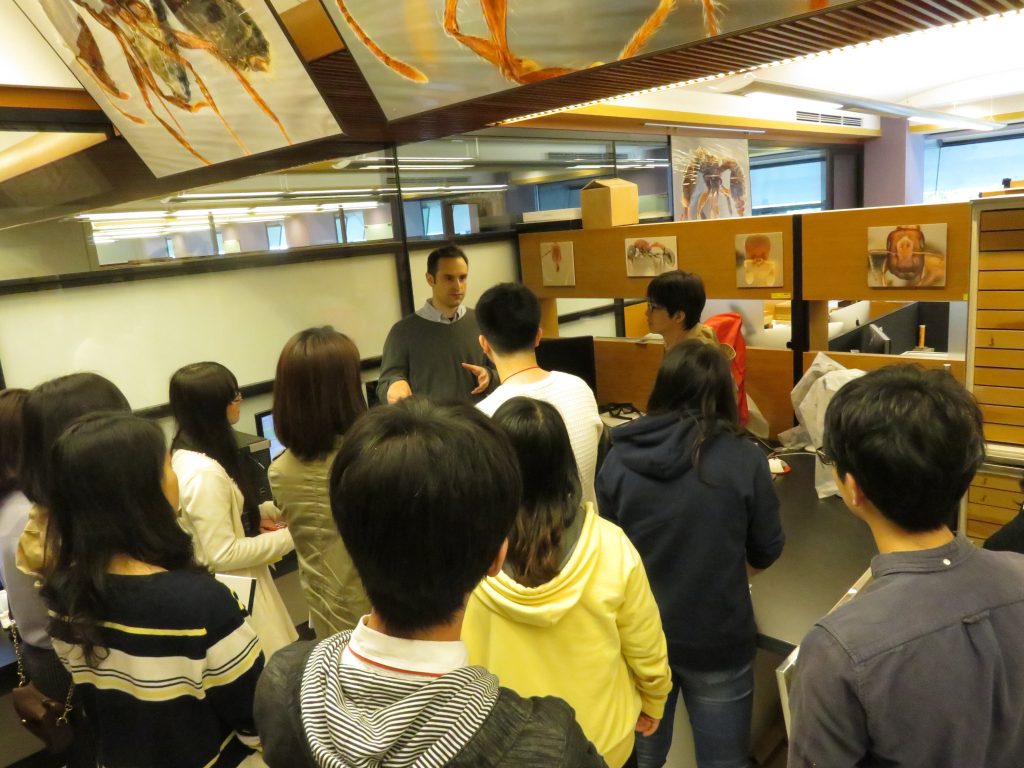
OIST Science Challenge 2017 was put together by the Graduate School over five days (3/6-3/10) to allow Japanese undergraduate students to explore their careers as scientists and researchers. The students were involved in hands-on activities set up by different labs in order to learn about the research conducted at OIST as well as learn experimental and research methods.
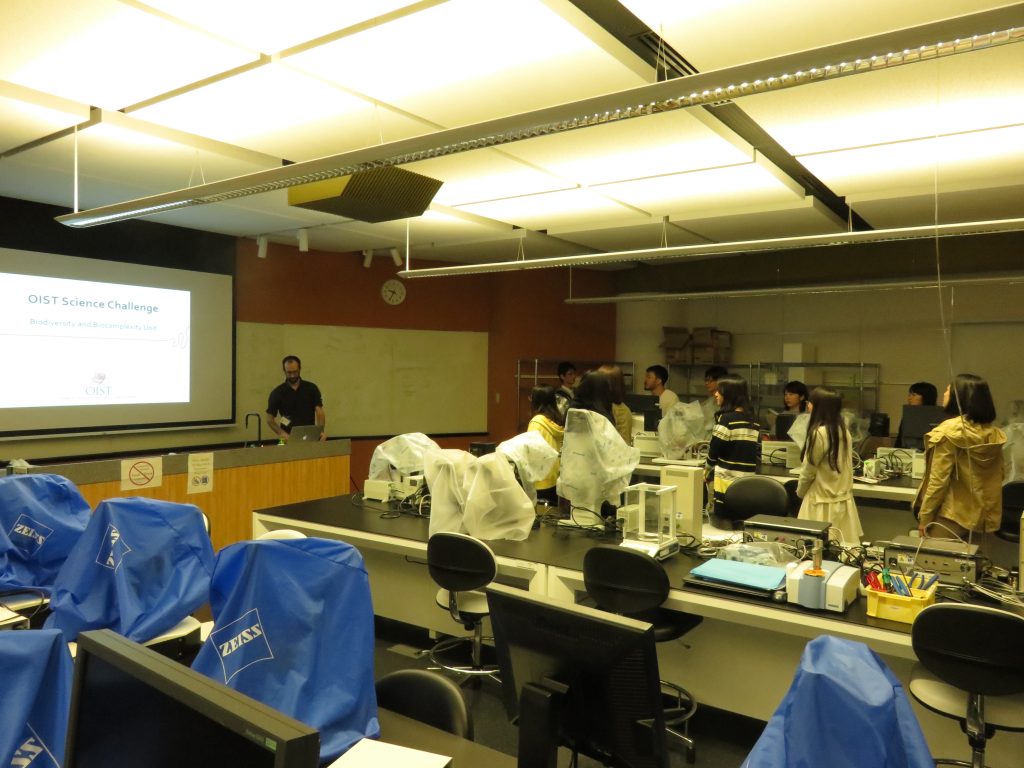
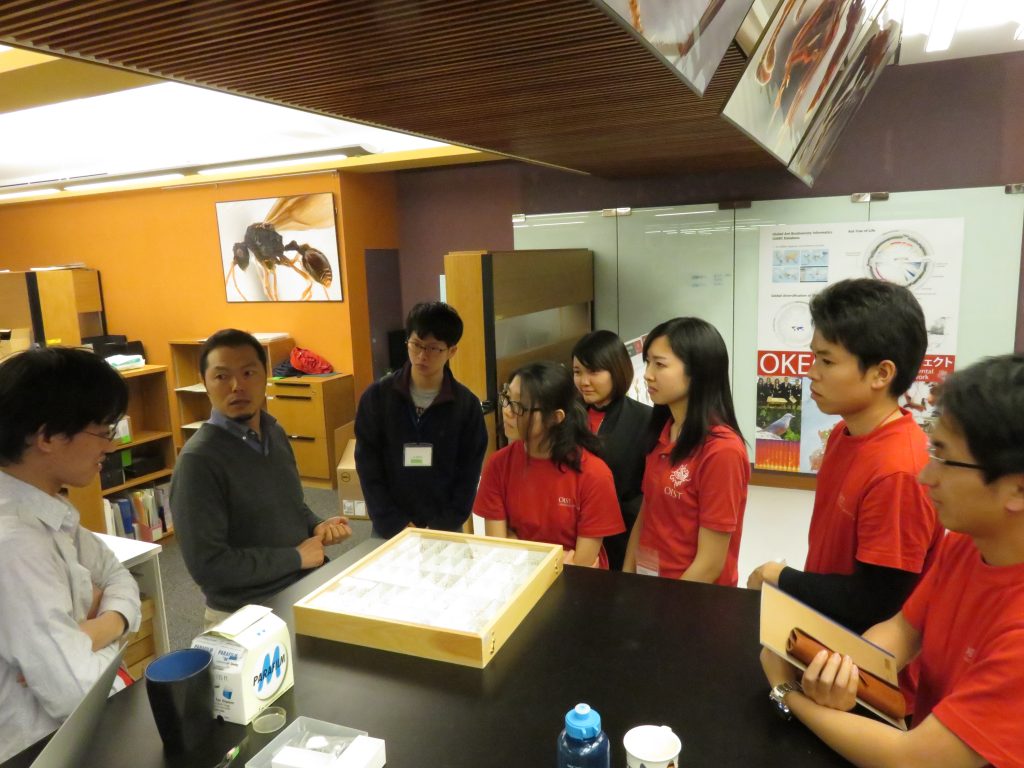
Arilab hosted a an activity based around measuring biodiversity. Our “measuring biodiversity” activity is the most popular one this year, with 12 students signing up. The goal of the activity is for students to apply concepts of biodiversity to a tangible challenge: designing a one-hour project to quantify the diversity of insects in a petri dish. After this activity, students should critique their success and use this experience to design future project ideas. The material used in this activity is provided by the OKEON Churamori Project.

Listening to the sounds of nature: switching on OIST’s acoustic monitoring network
February 14th is Valentine’s Day, and for birds living in Okinawa it’s the perfect time to start thinking about building a nest. In warm years like this one, the Tree Sparrow (スズメ) begins its breeding season around this time, followed by the Pacific Swallow (リュウキュウツバメ), the Japanese White-eye (メジロ), and the Japanese Tit (シジュウカラ). If you look closely at the eaves of houses around the island, you may notice the swallows beginning their nesting behavior.

Japanese Tit singing near Takeyanbaru; Photo Credit: Sam Ross
Researchers from arilab are monitoring the onset of the breeding season not only for birds, but also for frogs, crickets, and other organisms that communicate with sound. This is accomplished using a new acoustic monitoring network. While testing of this network has been ongoing for the last year, its installation and activation were completed last week, just in time for Valentine’s Day.
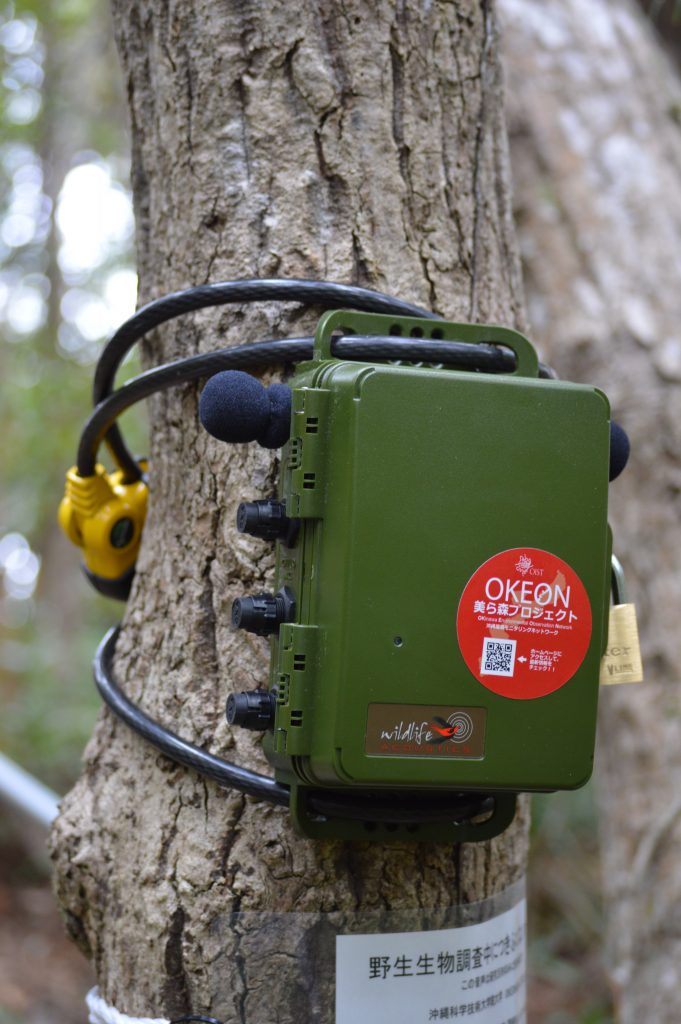
Acoustic Recorder; Photo Credit: Nick Friedman
OIST’s acoustic monitoring network produces more audio than scientists can analyze by ear: assuming you listened to the recordings every minute of every day, you would be twenty four years older by the time you finished a single year’s data. To fix this problem, OIST scientists are training computer models to recognize patterns of activity and to detect individual species of birds, frogs, and insects.

Shinji Iriyama, Ayumi Inoguchi, Sam Ross; Photo Credit: Nick Friedman
Written by Nicholas Friedman
Happy New Year! The First Rooster Call of 2017

On a small farm near the botanical garden in Okinawa City, a rooster sang its first song of 2017 – the “year of the rooster”. His was the first song of the dawn chorus, a daily event that arouses every type of bird sound on the island of Okinawa – from the sweet melody of the Ryukyu Robin (Akahige) to the harsh screeching of the Brown-eared Bulbul (Hiyodori).
– The first rooster call of 2017 –
This biological symphony has the sun as its conductor, as the conditions just before dawn are especially favorable for singing: the air is cool, the wind is quiet, and the light is low enough to afford a modicum of safety. For male birds, the dawn chorus provides a time for each individual to broadcast “I am still here”, and to assess which of its neighbors can say the same. For female birds, this can be a convenient time to determine which is the superior songster, or to share in the chorus.
– The dawn chorus –
Arilab’s post-doc Nick uses the rooster and its chorus as a way to monitor Okinawa’s ecosystems. The number of different bird species that join the rooster in its song each morning is an indicator of the ecosystem’s health. A varied and noisy morning suggests a healthy environment, whereas a silent morning suggests that some species have gone missing. The rooster’s song was recorded using a network of automated recorders placed in forests and fields across Okinawa.
– Content written by the OIST media section.

